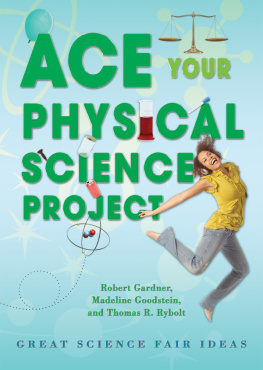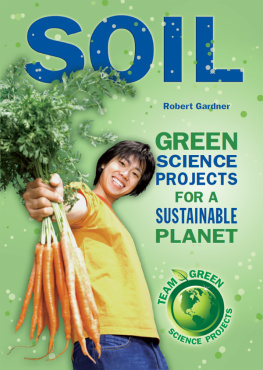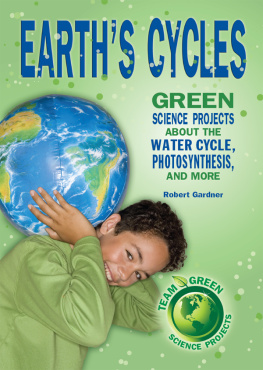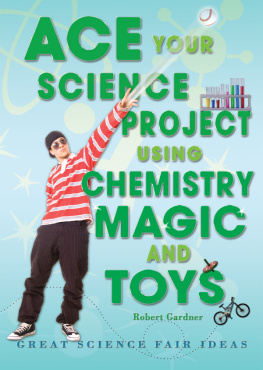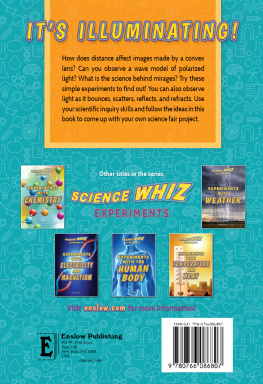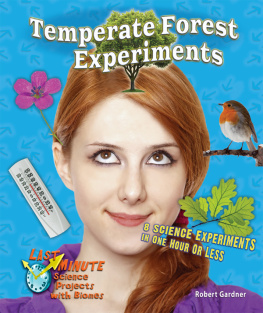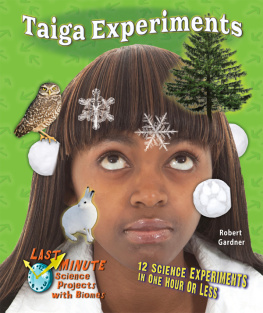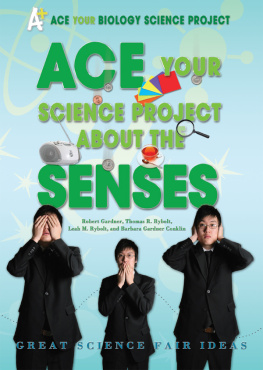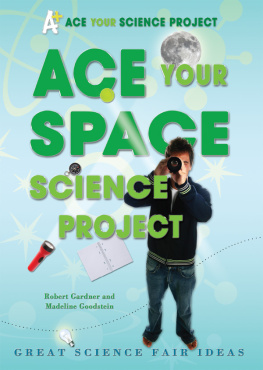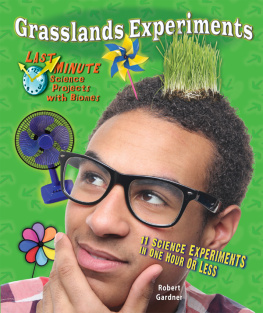Science Projects, Just in Time!
Have you waited until the last minute to start your science project? Dont worry, award-winning author Robert Gardner has you covered! Most of these experiments about the rain forest biome can be done in an hour or less. There are also some longer experiments for the budding scientist and ideas for science fair projects in case you have more time!
This creative series tackles science concepts that are important for students to learn in a simplified and meaningful way.
Helen Hess, PhD, Series Science Consultant
Professor of Biology
College of the Atlantic
Bar Harbor, Maine
About The Author
Robert Gardner is an award-winning author of science books for young people. He is a retired high school teacher of physics, chemistry, and physical science. In 2010, he received the Lifetime Achievement Award in Hands-On Science Writing from AAAS/Subaru Science Books & Films.

If you have a science project that is due soon, maybe tomorrow, this book will help you. It has experiments about tropical rain forests. Many of the experiments can be done in less than one hour. An estimate of the time needed is given for each experiment. Perhaps you have plenty of time to prepare for your next science project or fair. You can still use and enjoy this book.
Many experiments are followed by a Keep Exploring section. There you will find ideas for more science projects. The details are left to you, the young scientist. You can design and carry out your own experiments, under adult supervision, when you have more time.
For some experiments, you may need a partner to help you. Work with someone who likes to do experiments as much as you do. Then you will both enjoy what you are doing. In this book, if any safety issues or danger is involved in doing an experiment, you will be warned. In some cases you will be asked to work with an adult. Please do so. Dont take any chances that could lead to an injury.
A biome is a region of the earth with a particular climate. The plants and animals that live in a biome are quite similar all around the world. This book is about rain forests. But there are other biomes. Earths land biomes include deserts, tundra, taiga, grasslands, tropical rain forests, and temperate forests.
A tropical rain forest is a warm, humid place. The average annual temperature is about 27C (81F). As its name indicates, there is a lot of rainat least 180 cm (70 inches) and as much as 635 cm (250 inches) per year.
Rain forests cover approximately seven percent of Earths land. They are located between the Tropic of Cancer and the Tropic of Capricorn. So they lie within 23.5 degrees latitude north or south of the equator. Their location means this biome has only one seasonsummer. If you like warm, humid weather, you might enjoy living in a rain forest.
The emergent, or top, layer of a rain forest consists of evergreen trees 40 to 76 meters (130 to 250 feet) tall. The top branches of one of these trees may cover an acre (43,560 square feet or 4,049 square meters). The second layer is the canopy. It has trees 20 to 40 meters (65 to 130 feet) in height. These trees cover the rest of the forest. Only about two percent of the sunlight striking the forest gets through the canopy. As a result, the shorter trees and plants that make up the understory must be adapted to dim light to survive. Many rain forest plants, such as orchids and bromeliads, are epiphytes. They grow on trees and other plants rather than rooting in soil.

Image Credits: Shutterstock.com: CHAINFOTO24
Rain forests contain more living species than any other biome. The top layer of the rain forest is called the canopy.

Image Credits: Thinkstock: Alfredo Maiquez/iStock
Epiphytes are plants that grow on plants and trees, not rooted in soil.
Rain forests contain more living species than any other biome. A typical plot of rain forest 3.2 kilometers (2 miles) on a side is likely to contain 750 kinds of trees and an equal number of other plant species. In the same area you may find more than 100 species of mammals and reptiles, 400 bird species, and 60 species of amphibians. But even more abundant are insects and other arthropods, which make up the vast majority of species in the rain forest (and on the earth!).
A rich variety of life is not accompanied by rich soil. These forest soils lack a high concentration of nutrients. The reason is that the plants absorb the nutrients rapidly. Consequently, the nutrients are found in the plants, not the soil.
Sadly, rain forests are disappearing at a rapid rate. Each year, large areas of rain forests are cleared and burned in Brazil, Indonesia, and other countries. Approximately 12 million hectares (30 million acres) of rain forests are destroyed each year. Such clearing also adds to global warming. Through photosynthesis, the trees remove carbon dioxide (a greenhouse gas) from the atmosphere while adding huge volumes of oxygen.
Rain forests contain half of the earths known species, as well as more than 350 different ethnic groups of humans. Seventy percent of the plants that have known medicinal value are found here. So the destruction of rain forests hinders medical progress.
When rain forests are cleared, the shallow soil is exposed to heavy rains. The rains carry the soil away because there is no vegetation to hold it in place. As Table 1 reveals, deforestation, mostly the destruction of rain forests, added 5.43 billion tons of carbon dioxide to Earths air.
If the trees had been allowed to live, 5.43 billion tons of carbon dioxide would have been removed from the air.
| Table 1: Major additions of carbon dioxide to the worlds air in 2008 (billions of tons). |
| China 6.89 | European Union 5.07 |
| USA 6.73 | India 2.24 |
| Deforestation (worldwide) 5.43 |

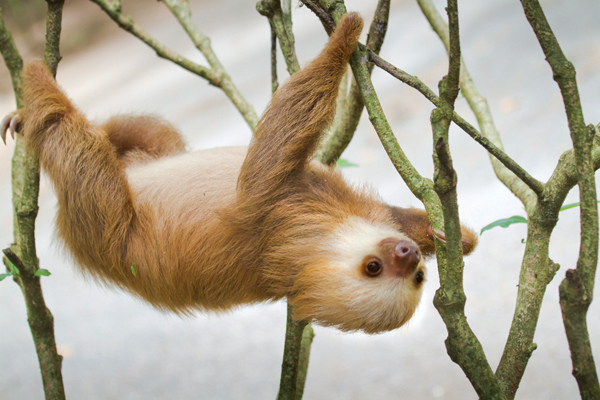
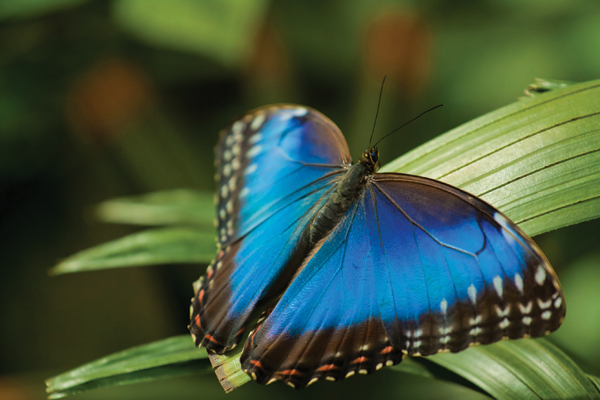
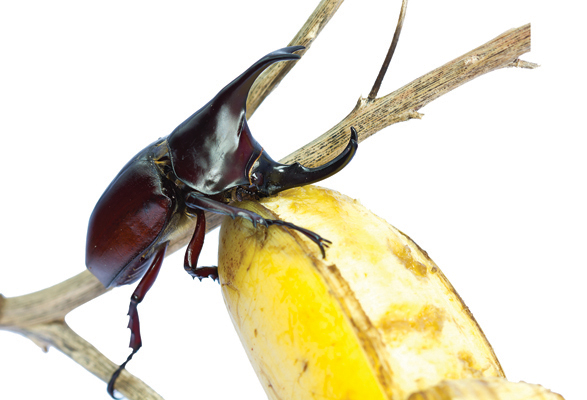
Image Credits: TranceDrumer And Waraphan Rattanawong And nkuzmina/iStock Victor Soares/Hemera
Clockwise from top left: macaws, two-toed sloth, morpho butterfly, and Hercules tree beetle
To do experiments the way scientists do, you need to know about the scientific method. It is true that scientists in different areas of science use different ways of experimenting. Depending on the problem, one method is likely to be better than another. Designing a new medicine for heart disease and finding evidence of water on Mars require different kinds of experiments.
Despite these differences, all scientists use a similar approach as they experiment. It is called the scientific method. In most experimenting, some or all of the following steps are used: making an observation, coming up with a question, creating a hypothesis (a possible answer to the question) and a prediction (an if-then statement), designing and conducting an experiment, analyzing results, drawing conclusions about the prediction, and deciding if the hypothesis is true or false. Scientists share the results of their experiments by writing articles that are published in science journals.



